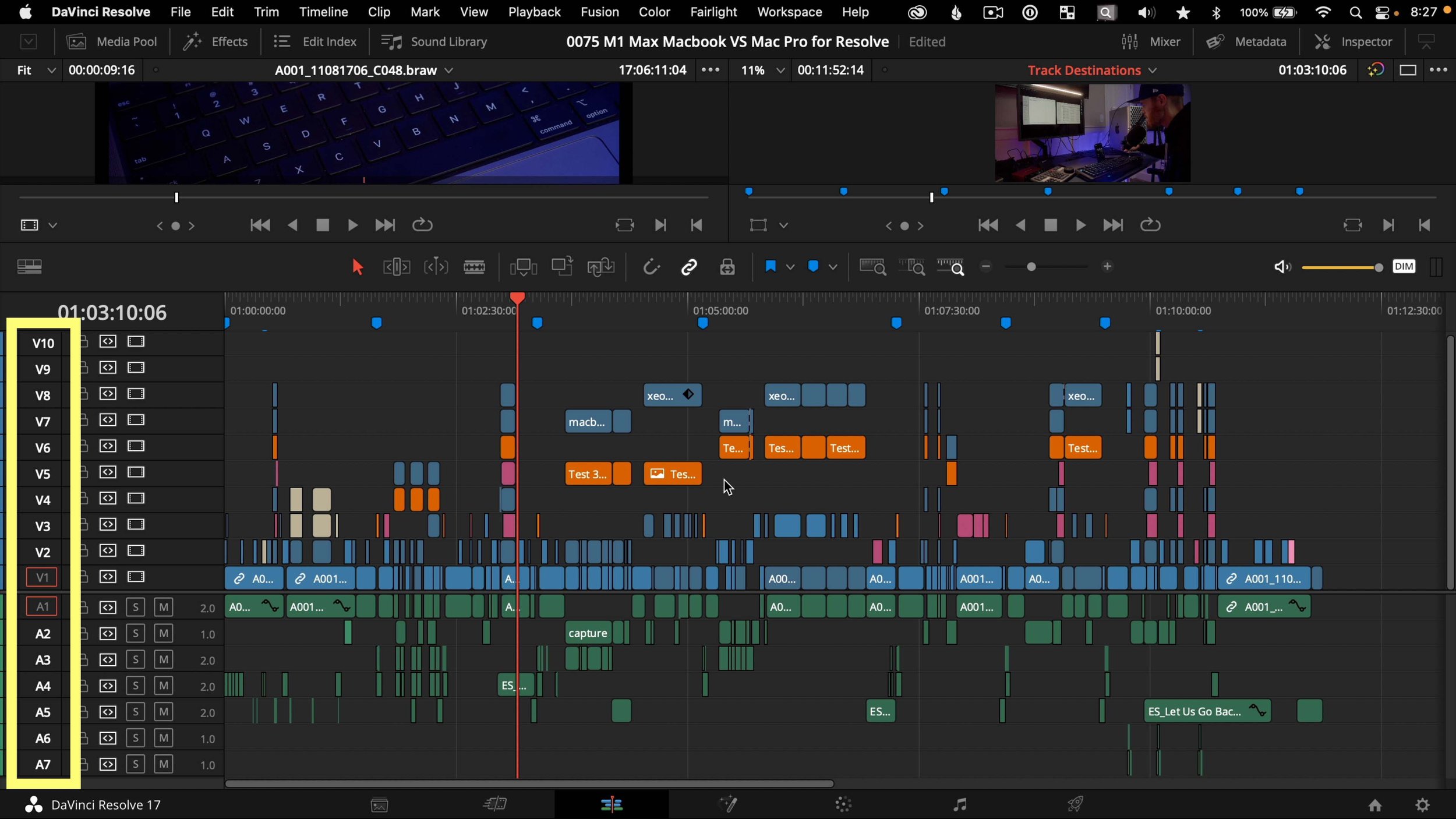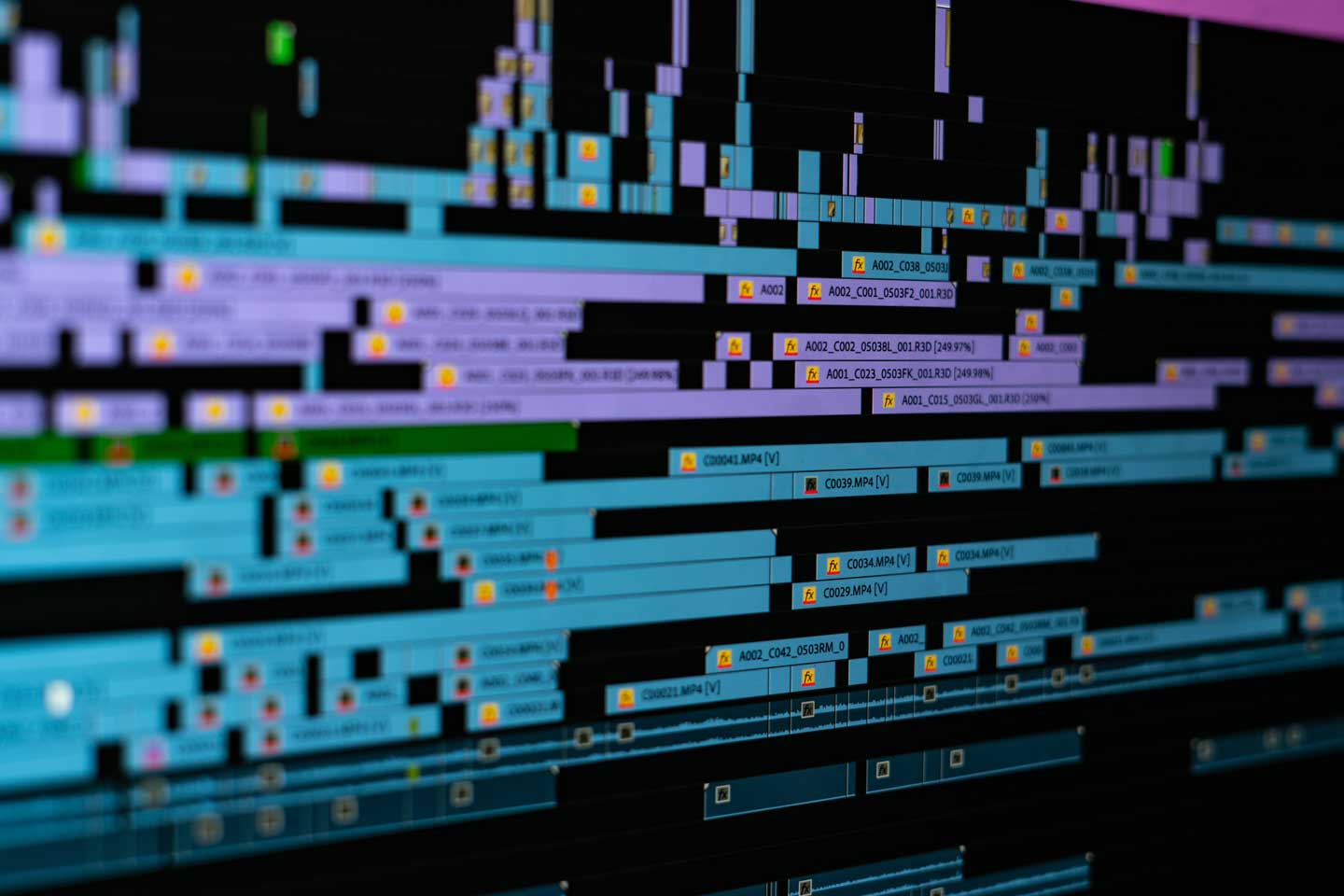The Stories We Wear – Post-Production
Final Year ProjectPost-Production Process
Post production has been a learning curve and an interesting process, as someone who does not usually edit! I’m far more experienced with development, pre-production, and production, as a writer-director and cinematographer, but I welcomed the challenge of editing my own footage.
I downloaded DaVinci Resolve to my laptop, as I don’t feel comfortable enough with AVID to use that for the project, and began editing the footage! As the documentary is more abstract, experimental, and has a non-linear narrative, I found I was limiting myself and my creativity to a traditional narrative structure and prioritising trying to make the edit ‘make sense’ to the viewer.

I really enjoyed the process of letting go of editing conventions and linearity and experimenting with movement, rhythm, colours, and textures. Having Hermione’s poem The Stories We Wear to edit to, and follow the rhythm of her delivery and voice, made it so much easier than if I were to try and find a rhythm in the images alone.
I found that laying down the music track confused me and often dictated the rhythm of the edit instead of following the rhythm in the images and poem. Next time, I would not edit with music tracks audible until I had a rough cut, as I feel it significantly influenced my decisions and took away from the existing audiovisuals.
Final Takeaways from The Stories We Wear
I learnt a lot from this project, and getting to work on a topic I’m passionate about reminded me why I love filmmaking. Although I wish this project had come about under different circumstances, and I would’ve liked to collaborate with more creative and filmmakers, I am nonetheless proud of the sheer amount of effort, energy, and time I put into this documentary.
I’ve come away from this experience and project as a more confident, competent filmmaker, and I feel like it pushed me outside of my comfort zone through opting for a more abstract, experimental approach with a non-linear narrative.

I can only hope that the audiovisuals captured illustrate the artistry, beauty, and humanity of clothing and fashion, and how, by opting to support our local artisans, craftspeople, and garment workers, we choose a better future for ourselves, the planet, and each other.